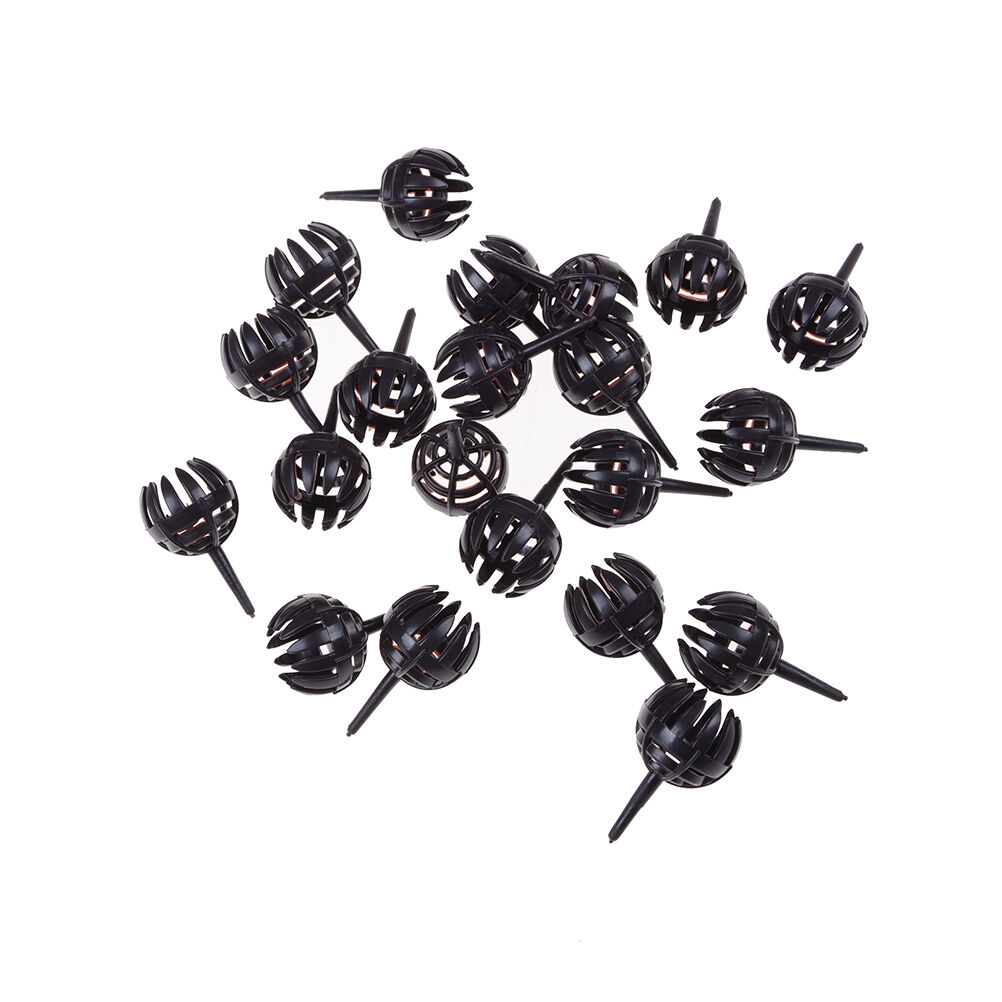-40%
Jarrahdale Blue Pumpkin ( 10 Seeds=1 $+free shiping ) Jarradale Queensland
$ 0.52
- Description
- Size Guide
Description
Jarhedil Blue Pumpkin Seeds, Non-GMO, Heirloom, Algeria From North Africa, Fast Growing, Fast Shipping, 10ct.Seeds are fresh, 7-14 days for germination. 1 package contains 10+ number of seeds.
The seeds from our farms are not sprayed with pesticides and are not chemically treated. It is not genetically modified and the mother plant is not exposed to hormones or toxic substances.. It is for personal and family consumption...
Thank you for your trust
Free shipping all over the world
Shipping the day after payment
Jarrahdale Blue Pumpkin or Squash is a lovely slate grey-blue-green Cinderella-shaped pumpkin! Jarrahdale is a reliable yielder of 8-10 tall by 10-14 inch-wide Fairytale-like pumpkins with deep ridges and a a fine-grained, dry, sweet, nearly stringless flesh that is orange-yellow in color. Delicious roasted, in soups, pies, stews, and curries. It is also rich in vitamins A and C, B vitamins, carotenoids, and minerals.
Squash is one of the plants grown in the traditional Native American vegetable growing technique called the Three Sisters. The other two plants in the Three Sisters are beans and corn. Each plant had its role in this companion planting tradition. Corn served as a structure for the vining beans to grow up. Squash served as a ground cover to prevent weeds from growing. Beans provided natural fertilizer for all.
free shipping world wide
shipping a day after pay
The seeds from our own farms are not sprayed with pesticides and are not chemically treated. They are not genetically modified, and the mother plant is not exposed to hormones or toxic substances.. They are for personal and family consumption...
Thank you for your trust
Plant Name:
Pumpkin, Jarrahdale
Latin Name:
Curcubita pepo
Days to Germinate:
7-14
Days to Harvest:
105
Germination Rate:
97%
Test Date:
11/21
Growth Habit:
Vining
USDA Zones:
3-9
Lifespan:
Annual
Country of Origin:
United States
Sunlight:
Full Sun, Partial Shade
GMO:
No
Pollination:
Heirloom, Open-Pollinated
Fungicide-Treated Seeds:*:
No
Seeds Packed For**:
2022
*Fungicide-treated seeds protect the seedlings from diseases until they are up and growing. Do not eat treated seeds.
**Seeds are freshly packed for the growing season of the year listed. Seeds are still viable beyond pack date. Store in a cool and dry location such as the refrigerator or basement to best preserve germination rates.
The seeds from our own farms are not sprayed with pesticides and are not chemically treated. They are not genetically modified, and the mother plant is not exposed to hormones or toxic substances.. They are for personal and family consumption...
Thank you for your trust
Planting Instructions:
Soil Preparation:
Pumpkins grow best in fertile, sandy soil with a pH between 6.0 and 6.5. To prepare the soil, remove weeds, large rocks, and litter from the planting area. Leave young weeds and dead grass, they will enrich the soil when it overturns. Shovel the soil 8-12 inches deep and turn each soil shovel completely over to cover the plant material with soil. You can add compost (see "Composting" below) or 2-3 inches of organic matter such as compost, leaves or rotted straw over the planting area at this point. Until this organic matter is mixed into the top 8-10 inches of soil. For squash, make rows of soil layers 4-6 inches high and space them at least 3 feet apart. This edge formation will help with drainage.
Planting:
Since squash does not grow well in cold weather, plant it in the spring after all danger of frost has passed and the soil has begun to warm. For a good fall harvest, plant early so the squash will ripen before the first killer frost. To plant, make 1-inch-deep holes spaced 4 feet apart in raised beds below the rows, then plant 5-6 seeds in each hole. Cover lightly with soil and water after planting. After the seeds have emerged and plants are 3-4 inches tall, thin to 3 squash plants per hill.
*Tip: Plant squash with beans and corn for companion planting.
Planting Depth: 1 inch
In-row spacing:
4 feet
Row spacing:
3-8 feet
Seasonal care:
Watering: Water the plants enough to prevent them from wilting. If the weather is really dry, squash plants should be watered at least once a week. Sandy soils need watering more than heavy clay soils.
Weeding: Keep squash plants as free of weeds as possible. When plowing or hoeing, do not dig deeper than 1 inch to prevent cutting feeding roots that may slow plant growth.













